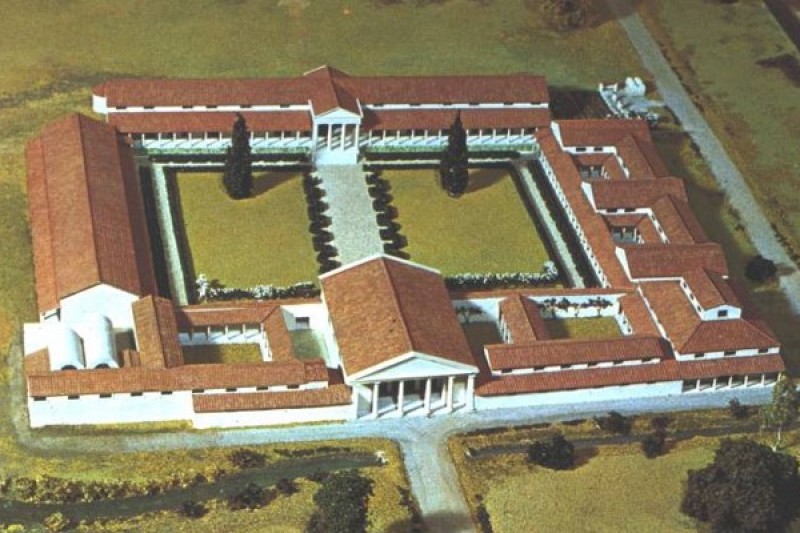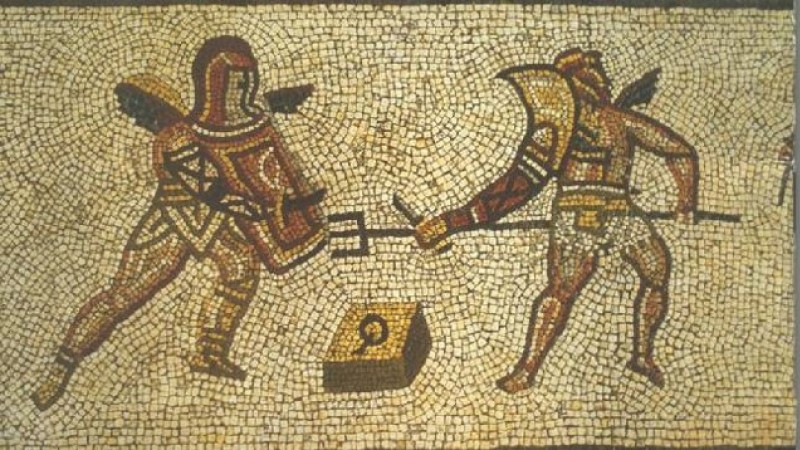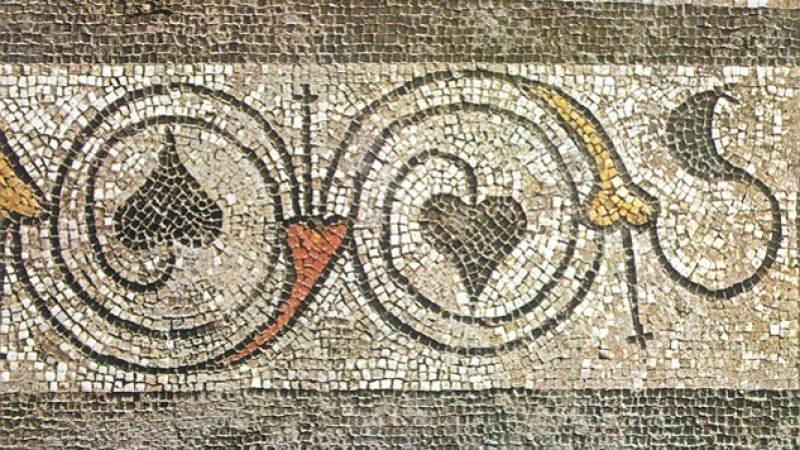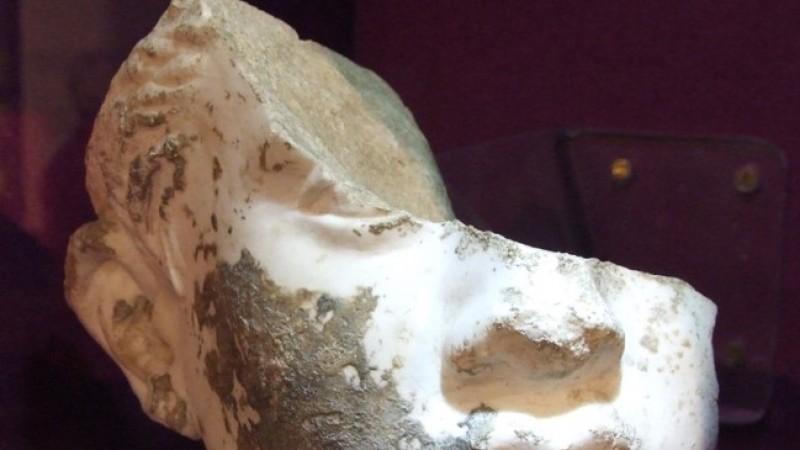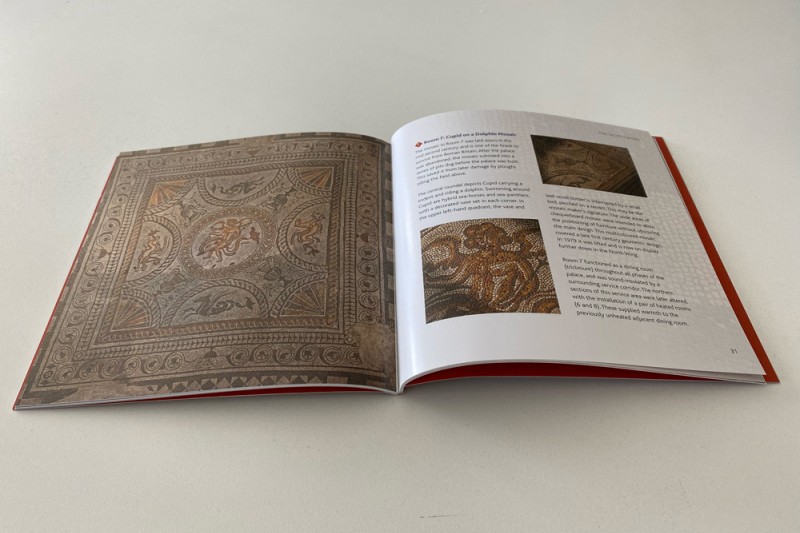‘REGNVM: the First Kingdom’ is an ongoing project using archaeological and historical evidence to reassess the nature of cultural change across central south eastern Britain from the 1st century BC to the 4th century AD, examining in particular the nature of trade, globalisation and direct Roman Imperial patronage.
The traditional view of Roman Britain begins with the invasion of AD 43, when the emperor Claudius ordered the military subjugation of the island. New archaeological and historical evidence, however, suggests that this view is fundamentally flawed, for it fails to consider the input of the native aristocracy in the earliest stages of the development of Britannia.
In West Sussex and Eastern Hampshire it would appear that native British leaders not only traded with the Mediterranean world prior to the invasion of Claudius in AD 43, but actively collaborated with Rome and were significantly rewarded thereafter.
One such leader was Tiberius Claudius Togidubnus, a Briton described as ‘Great King’ on an inscription found in the West Sussex city of Chichester. Close to the town lies Fishbourne, a Roman palace which, when constructed in the late 1st century AD, had a footprint larger than that of Buckingham Palace.
This was a well-appointed, mosaic-filled private ‘house’ comprising four collonaded wings set around a vast open courtyard. Put together by an army of highly skilled architects and craftsmen brought in from the European mainland, the site would have cost, in today’s terms, well over £8 million to build. A fragment from a marble portrait of the young emperor Nero (see the above gallery) hints at possible links between the owners of the house and the imperial family.
Although there is no firm evidence as to who may originally have lived in Fishbourne, it may have been a Roman administrator, state official (such as the governor or tax collector), businessman or merchant, desperate for the comforts of Rome, or someone who had actually helped the Roman cause, perhaps a prominent British aristocrat with connections such as Togidubnus.
What is clear, however, is that Fishbourne was originally only one of a number of early Roman palatial buildings established along the south coast of England in the 1st century. Whoever owned these palaces, they appear to have enthusiastically embraced Roman culture, developing ostentatious new homes at no little expense.
The REGNVM project, which encompasses archaeological survey (geophysical, topographical and surface collection), targeted excavation and the reevaluation of museum archives, was established in order to catalogue, examine and interpret the palaces, temples and later wealthy villas of this ‘first kingdom’ of Roman Britain in significant detail.
It is a natural companion to the Durotriges Project, a larger field investigation into the less obviously Roman cultural zone of south western Britain, also run by the Faculty of Science and Technology at Bournemouth University.
